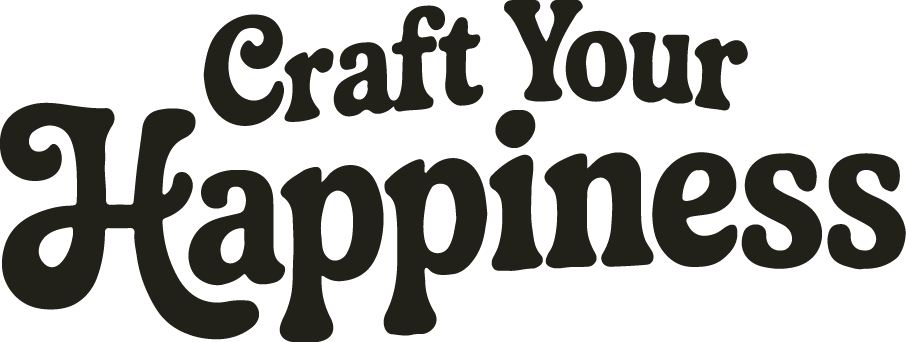 Photo by Artem Podrez from Pexels
Photo by Artem Podrez from Pexels
Many craft aficionados know that paper can do some truly amazing things. And if you haven’t gotten on the paper crafts train yet, there’s never been a better time to learn! So many different craft designs, types of paper and tools are available that you’re almost guaranteed never to get bored with the fascinating world of paper crafts. Break out those craft scissors (or don’t, if you’re doing origami) and get ready to learn all about why paper crafts are so cool. This guide will teach you everything you need to know about getting started with paper crafts, from folded designs to papier mache and beyond.
If you need some ideas check out our post 14 Easy Printer Crafts

The Many Styles of Paper Crafts
It’s no wonder that different cultures around the world have been creating paper crafts for centuries! Paper is an extremely versatile material with lots of fun craft applications and a lot of room for creativity. These are some of the most popular types of paper crafts:
- Paper Folding: This craft, also widely known by its Japanese name of origami, involves folding paper into designs of incredible beauty and intricacy. Most celebrate nature, like the famous paper crane design you’ve probably seen.
- Papier Mache: It might be messy, but papier mache makes up for it in the amount of cool stuff you can make! It’s a tremendously versatile art material that you can use to craft many different 3D objects, and its ingredients could hardly be more simple: water and thin paper, plus an adhesive like flour or glue.
- Paper Quilling: This unique and ancient art form uses tiny strips of colored paper to create strikingly gorgeous images. It’s a great medium for making flowers, birds and other decorative natural designs.
- Paper Cutouts: You’ve probably seen the classic paper cutout snowflake crafts, but there are many other things you can do with paper and scissors that are every bit as beautiful. Paper cutout art offers tons of different avenues, all of them lovely and enriching.
- Scrapbooking: Arranging and designing paper art is a big part of scrapbooking. You’ll use pages covered in plastic film to arrange a combination of decorative paper, photos, ticket stubs, newspaper clippings and just about anything else you want that reminds you of good times.
These are just a few of the most popular types of paper crafts. There’s a lot more out there, so don’t limit yourself!
How to Make Whimsical Paper Town Shelf Sitters for Pennies!

Creating Your Space for Paper Crafts
You’ll find it easier to create beautiful paper crafts when you have a suitably set up workspace to do it in. These are some tips to think about as you’re outfitting your paper crafting area:
- Assemble a basic kit of paper crafting tools. Yes, every craft will require something a little different, but most paper crafters will need a kit that includes:
- Craft knives
- Craft scissors
- Ruler or other straightedge
- Tweezers
- Paper trimmer
- Make sure to get a cutting mat for your work surface if you’ll be using cutting tools on paper. This will help prevent your paper from sliding, allow you to make safer and more precise cuts and protect the surface underneath.
- Paper crafts often require fine detail work, so choose a space with good lighting that will allow you to see the little things. Grab a desk lamp to help make your nocturnal crafting just as productive.
- If you’re working with papier mache, get ready to make a mess! We recommend using a flexible covering like plastic wrap on your work surface, or even getting a tarp and doing the project outside if you can.
The Most Creative Craft Room Organization Ideas
Choosing Your Craft Paper
Obviously, to create paper crafts, you need paper. Which type of paper should you choose, though? That’s going to depend on what kind of crafts you’re making, so read up on these common craft paper types and think about which one is right for your needs:
- Cardstock Paper: This thicker, heavier craft paper is a favorite of artists because it’s sturdy, but can still be cut into complex designs.
- Folding Paper: Special paper is available for folks who love folded art forms like origami. It’s designed to create clean folds and creases without ripping, and it’s available in all kinds of cool patterns.
- Scrapbook Paper: Many scrapbookers start with one of the blank scrapbook journals available from craft stores. To decorate your scrapbook, choose any of the thousands of patterned scrapbook papers available, with moods ranging from silly to elegant.
- Construction Paper: You probably remember this thick, pulpy paper from elementary school. It’s still awesome for kids’ crafts, but you certainly don’t have to be a kid to appreciate its thickness, pleasant texture and vivid colors.
- Tissue Paper/Newspaper: For papier mache, you need a soft, thin, light paper such as tissue paper or newspaper. You can also use wrapping paper or other thin paper you might have lying around.
- Special Paper: Some crafts require a specific paper unique to a cultural or artistic tradition. Korean paper folding, for example, is intimately connected with hanji paper, a special type of beautiful and durable paper that’s been made for centuries in Korea.
Unique & Simple Tissue Paper Flower Window Treatment Ideas
Your First Paper Craft Project
It’s super exciting to finally be ready to start your first project! Now all you need to do is find something that tickles your creative fancy. There are thousands of awesome paper craft project plans available for free online, so start checking out projects you’re interested in and give your mind permission to wander.
The techniques you’ll use to complete the project will vary from one type of craft to another, but these tips are applicable across most of the major forms of paper art. Make sure you’re using a sharp blade when cutting. A dull blade will produce ragged, unattractive cuts, and it actually puts your fingers in more danger because you’ll have to push harder.
- Consider choosing a project that has detailed picture or video instructions available. These aids can be especially helpful if you’re a visual learner.
- Go slowly and don’t be too hard on yourself if you mess up. Beginners may want to avoid expensive specialty paper; instead, start small with materials that give you plenty of do-overs.
- Beware the dreaded paper cut — it’s easy to get one even with paper that doesn’t seem particularly sharp! Making your hand movements careful and deliberate will not only protect you from paper cuts, it will also reinforce a calm, steady state of mind that’s well-suited to many paper crafts.
 Photo by Artem Podrez from Pexels
Photo by Artem Podrez from Pexels





